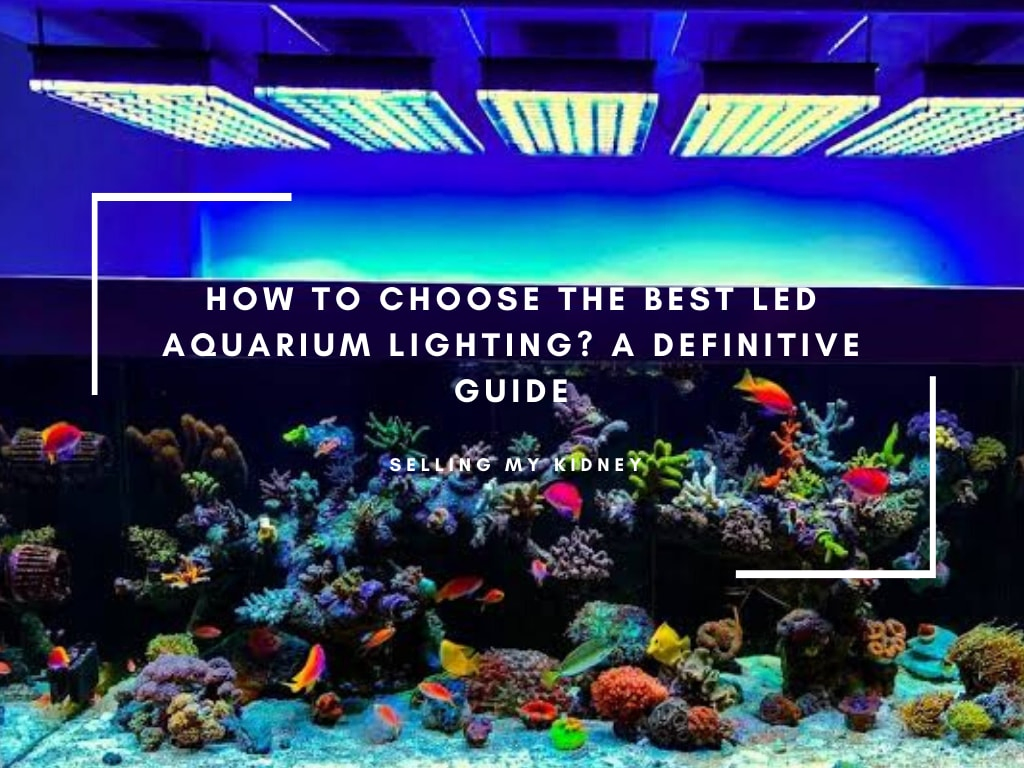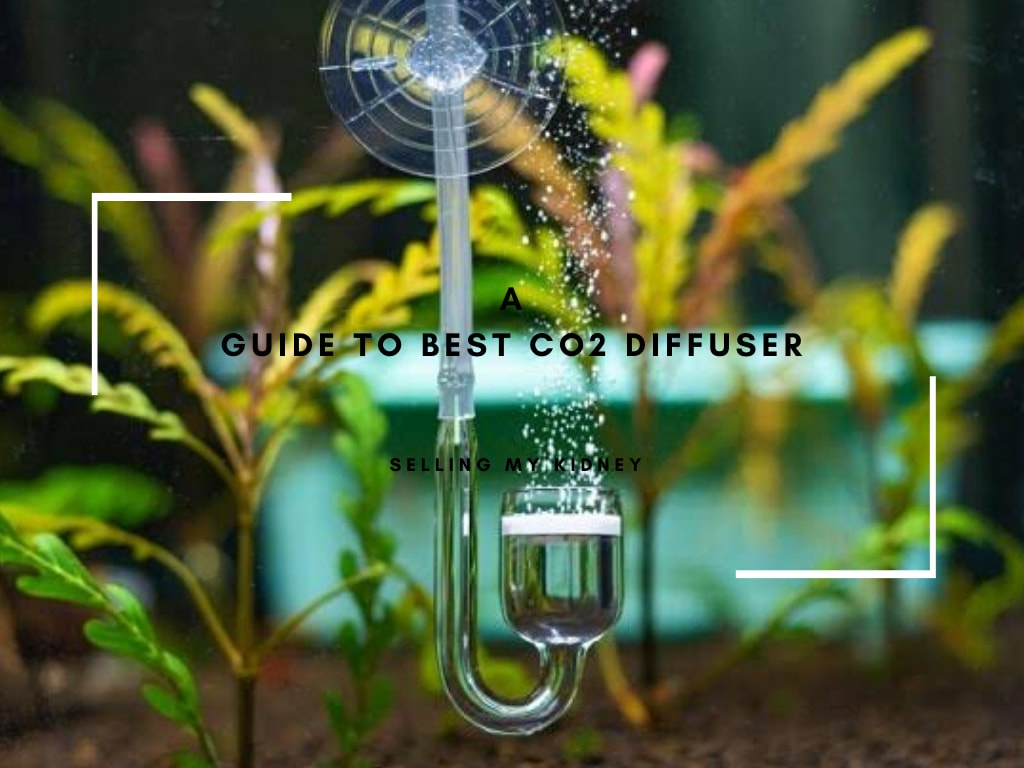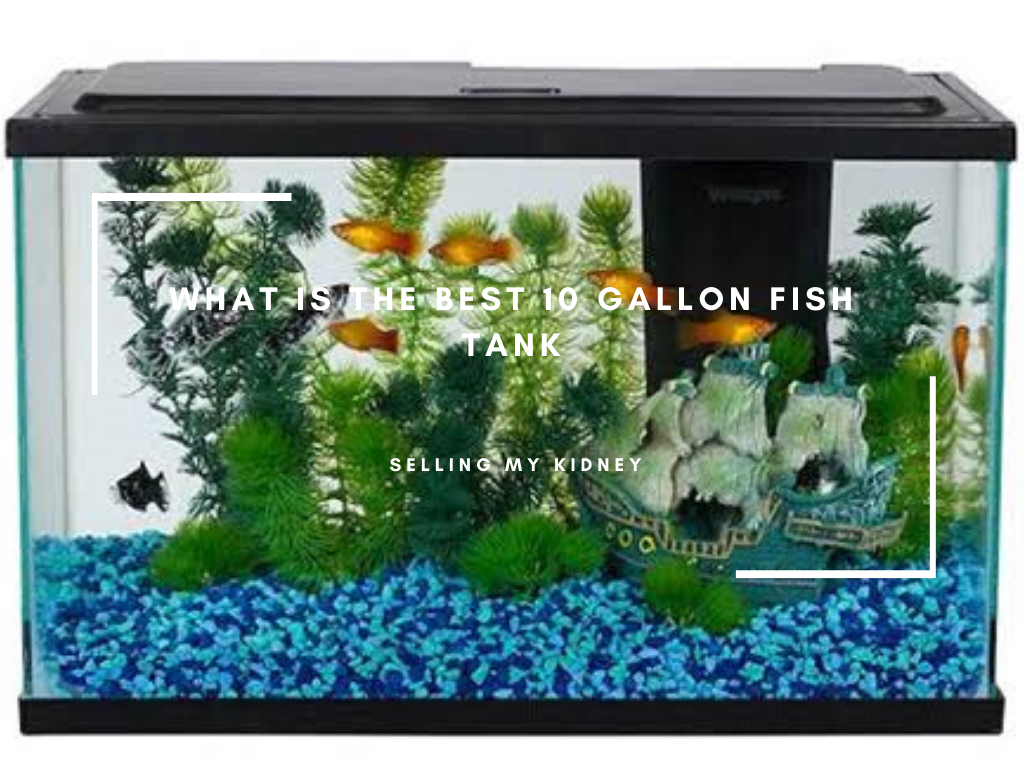Generally, submerging at least half or two-thirds below the surface level is best.
However, it depends on several factors, such as tank size, type of filter used, and number of inhabitants in the tank.
This will ensure that all areas within reach get filtered properly.
While allowing enough airflow into the system so beneficial bacteria can thrive without being disturbed by too much turbulence. It is caused by strong currents created when fully submerged underwater.
Additionally, having some parts above water allows easier maintenance access, making cleaning more efficient and less time-consuming!
The Importance Of Properly Submerging An Aquarium Filter
Aquarium filters are essential for keeping a healthy aquarium.
Properly submerging an aquarium filter is important because it helps to keep the water clean and free of debris, bacteria, and other contaminants that can harm fish or plants in the tank.
Here are some tips on how to properly submerge your filter:
- Make sure you have enough space between the top of your filter and the surface of your tank – this will help ensure proper circulation throughout all areas;
- Place any media (such as activated carbon) into its designated area before placing it inside;
- Securely attach tubing from both ends so there’s no air leakage when submerged;
- Submerse slowly until fully underwater – if done too quickly, bubbles may form, damaging delicate parts like impellers or motors over time.
Additionally, ensure not to place anything near intake tubes, as they need unobstructed access for optimal performance!
Finally, check regularly that everything is securely attached after each cleaning session. Since vibrations caused by pumps can cause them to come loose over time.
By following these steps, you’ll be able to enjoy crystal clear waters with happy aquatic life living happily within their environment!
Factors That Affect The Ideal Submersion Depth Of An Aquarium Filter
The ideal submersion depth of an aquarium filter is affected by several factors.
- Water flow rate: If too low, then not enough debris can be removed from the water column. Conversely, if it’s too high, there may be excessive turbulence in certain areas, which could cause stress to fish and other aquatic life forms.
- The type of media used within the filter – some types are more efficient at trapping particles than others. This should also influence how deep you place your filter into your aquarium setup.
- The size and shape of the tank; a larger or taller tank will require deeper submergence for optimal filtration. Any additional equipment, such as protein skimmers or UV sterilizers that might affect overall circulation patterns, must also be considered when determining appropriate depths for filter placement!
How To Ensure The Correct Submersion Depth Of An Aquarium Filter?
Ensuring the correct submersion depth of an aquarium filter is important for proper filtration.
Here are some tips to help you:
- Check your manufacturer’s instructions – they will provide specific information about how deep and where in the tank it should be placed;
- When submerged, there is still enough room between the top of your filter and the water surface. So as not to cause splashing or overflow;
- If using a hang-on back (HOB) type filter, make sure its intake tube reaches near the bottom substrate level but does not touch it directly;
- Consider adding additional air stones if needed – this can increase oxygen levels which helps keep fish healthy.
Important facts:
- Submerging too deeply may reduce the flow rate due to increased pressure on impeller blades while submerging too shallowly could result in inadequate filtering performance.
- Therefore always refer to manufacturers’ guidelines before installation! The ideal placement depends on several factors such as size/type of aquarium, number & types of fish kept.
How To Adjust The Submersion Depth Of An Aquarium Filter?
Adjusting the submersion depth of an aquarium filter is a simple process.
Here’s what you need to do:
- Unplug your aquarium filter from its power source and remove it from the tank;
- Measure how deep in the water your current setup submerges the intake tube. Then adjust as needed by loosening or tightening any clips that hold it in place;
- Once adjusted, re-install it into your tank. That making sure all connections are secure and tight before plugging back into its power source;
- Check for proper flow rate – if too low, increase submersion depth slightly until desired results are achieved!
Important facts about adjusting this type of filtration system include:
- It should be done regularly (every few months) to ensure optimal performance & efficiency levels remain consistent over time;
- Submergence depths can vary depending on the size/type of fish being kept. So make sure yours is appropriate for their needs.
- Generally speaking, deeper intakes will provide better circulation throughout the entire environment. In contrast, shallower ones may cause dead spots where debris accumulates more quickly than normal!
The Impact Of Submersion Depth On Aquarium Filter Performance
Submersion depth has a significant impact on aquarium filter performance.
The deeper the submersion, the more efficient and effective filtration will be:
- Deeper submergence increases the water flow rate through filters;
- It also helps to reduce noise levels from pumps or other equipment used in filtering systems;
- Submerging an aquarium filter at least 6 inches below the surface level can help improve its efficiency by up to 20%.
Different depths affect filtration, including:
- A shallow-submersed filter may not have enough power for larger tanks with higher fish populations;
- Deeply submerged filters are better suited for large tanks as they provide greater circulation throughout all tank areas.
Important facts about submersion depth and its effect on aquariums include:
- Aquariums should always be placed away from direct sunlight so that light does not interfere with the proper functioning of any aquatic life support system (including filters);
- Proper maintenance is essential when using deep-submersible aquaria – regular cleaning/replacement cycles must take place to ensure optimal operation over time.
Final Thoughts: How Far To Submerge Aquarium Filter?
In conclusion, the depth to which an aquarium filter should be submerged depends on several factors.
It is important to consider the size of your tank and the type of filtration system you are using when determining how far down it needs to go.
Generally speaking, a good rule of thumb is that filters should be placed at least one inch below the water level for optimal performance.
However, this may vary depending on specific circumstances, such as obstructions in or around the tank.
Finding what works best for your particular setup will require trial and error. Still, with patience and careful observation, you can find success!




